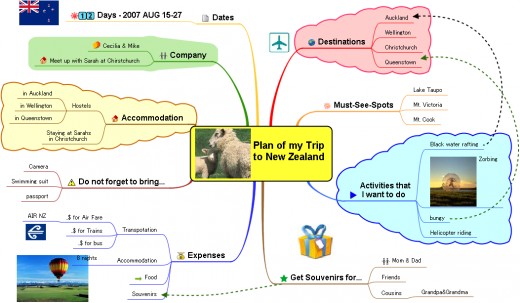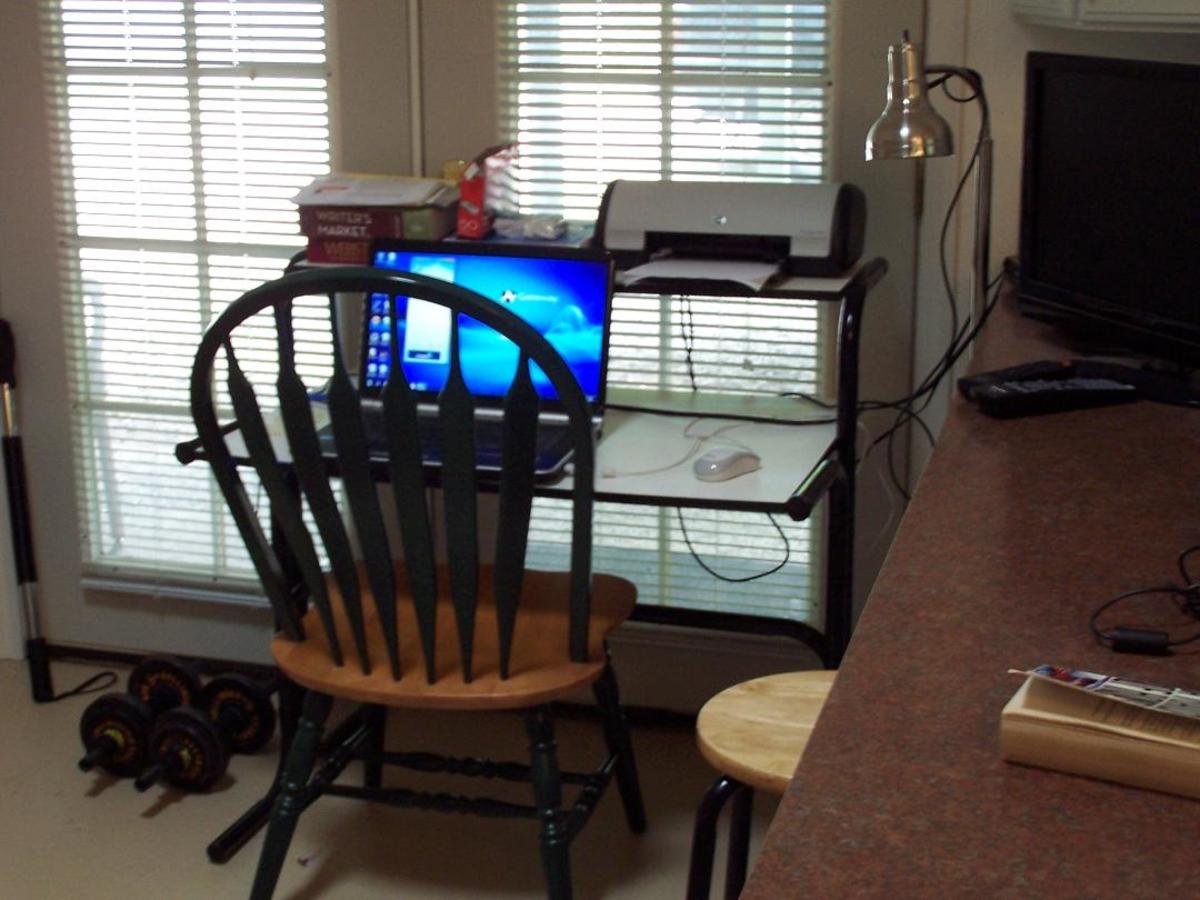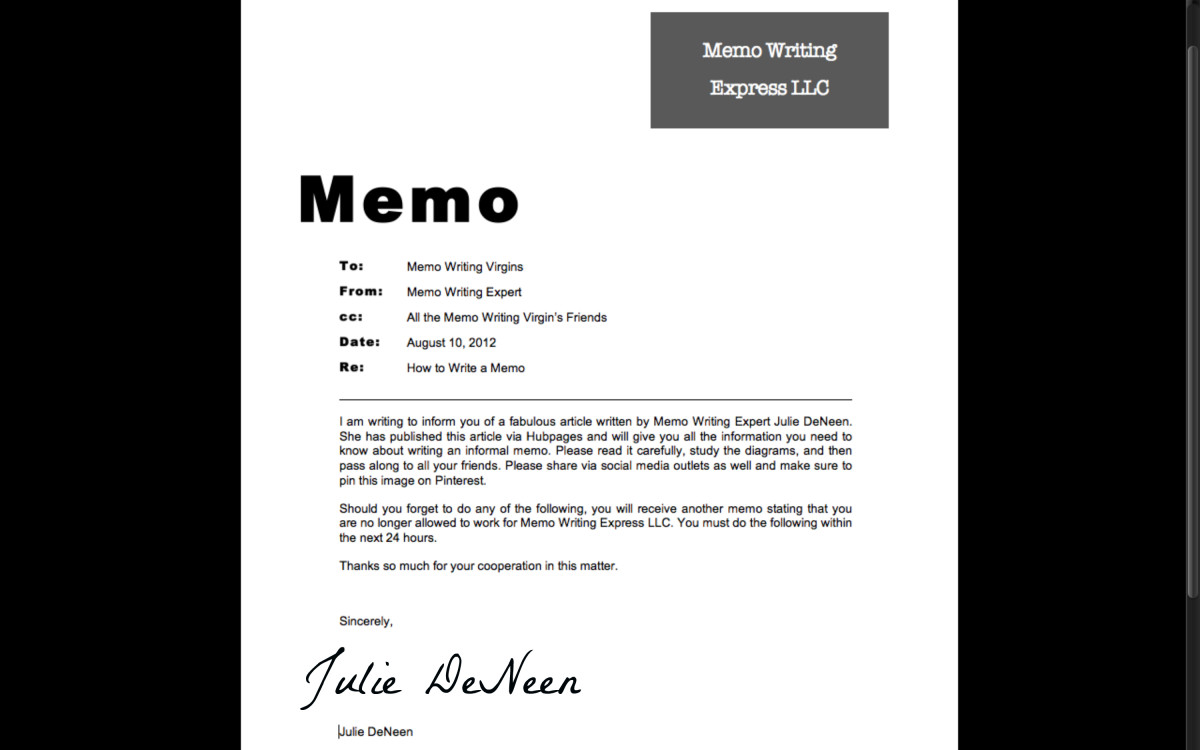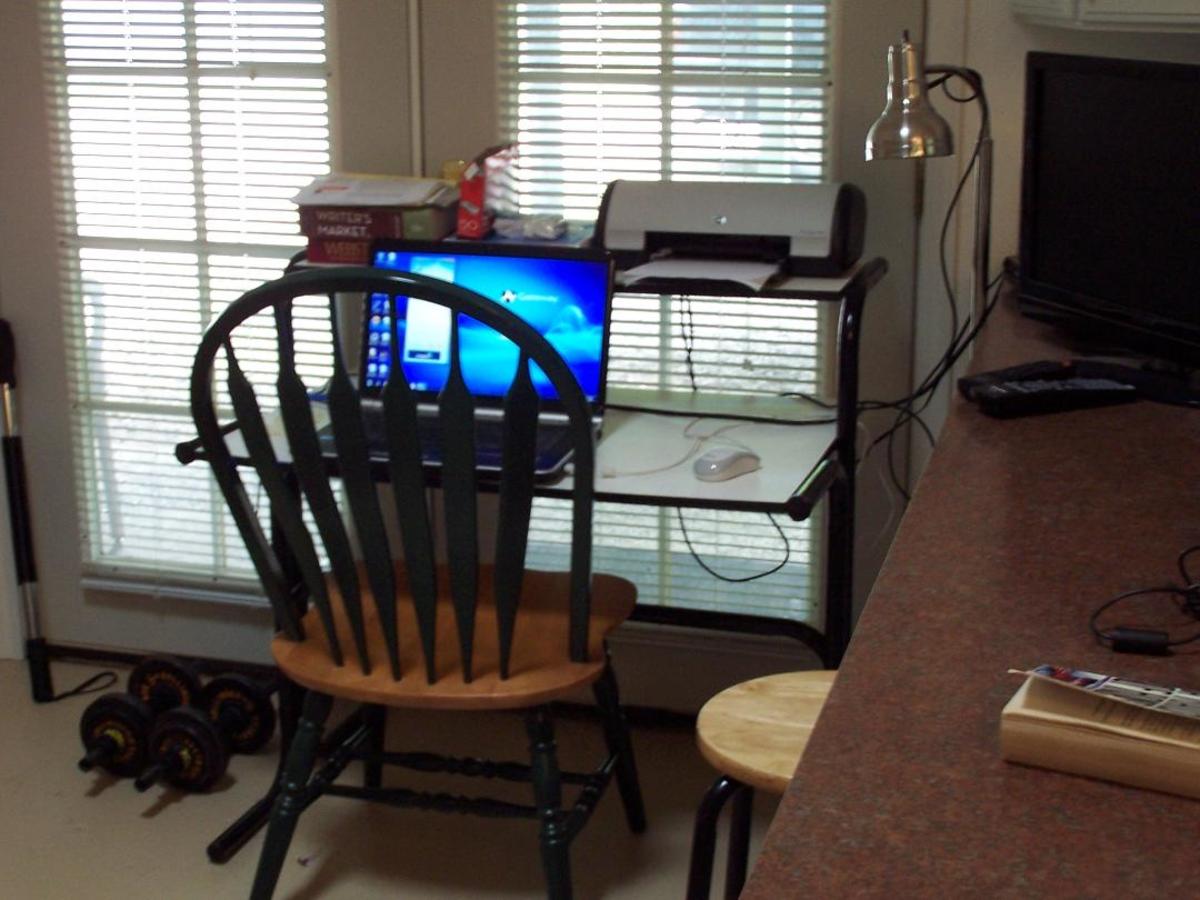A Giraffe is a Horse that Ran Out of Grass--How to Think Creatively

"I'm trying to think but nothing happens" - Curly (3 Stooges)
You don't know where to begin. The colorful idea you had last night looks pale gray this morning. You're breaking out in a sweat, the ideas just won't come and the deadline looms like an oncoming train with your foot stuck in the tracks. Your superiors expect magic and you can't even shuffle the deck. What are you going to do?
Well you can take a deep breath and relax for starters. When you are ready, I'm going to show you some ways to leave that creative block behind and come up with award winning, crowd pleasing, blockbuster ideas that will have your peers scratching their heads in envy asking: "Why didn't I think of that?"
1. Start Sharp
I won't lie to you, plenty
of creative people burned their candle at both ends. For a hilarious
description of Honoré Balzac's kamikaze coffee method see here.
For the rest of us who don't want to die of espresso overdose like
Balzac, seven to eight hours of sleep, eating foods high in nutrients
and proteins like fish and poultry along with exercise will deliver far
more consistently. Avoiding simple carbohydrates like sugar and refined
bread will help you think better longer as well. Natural energy drinks
such as green tea, 100% cranberry juice or an effective B vitamin drink
such as Lipovitan will keep you going without crashing.
2. Positive Mood
If you are trying to concentrate and are constantly being distracted, try writing down what is bothering you--an unpaid bill, an argument, a letter you need to write, where the cat is, where the dog is--then take a few minutes, take care of them and free up your mind. If you need more than that to achieve the mood to create, skip down to some of the tips listed below.
3.
Get Centered and Fall in Love
Find a place where you can be alone and just let the quiet settle in. If you are tense and tightened up, breathe deeply and allow your muscles, starting with your toes and move up to your head, to relax. If you are sluggish and need to wake up, basic stretches will stimulate your blood flow and simple mind stretchers like Sudoku or rapid, doodle level drawings can stimulate your brain.
Try to focus on what you love about what you will be creating. There is nothing more stimulating than a passion for something you love. Find that spark and focus on that. What you are looking for is the beginning of a flow--a sense that your mind is moving in a direction.
A strong passion for any object will ensure success, for the desire of the end will point out the means. ~ William Hazlitt
Don't
ask yourself what the world needs; ask yourself what
makes you come alive. And then go and do that. Because what the world
needs is people who have come alive. ~ Attributed to Howard Thurman
4. Keep Cards or a Journal Handy
Even while you are getting centered, thoughts and ideas will pop into your head. Record them in some way by jotting them on cards, writing them in your journal or voice recorder. Ideally you might email them to yourself if you work well at a computer--that way you will have them on whatever computer you may be near later.
Write down the thoughts of the moment. Those that come unsought for are commonly the most valuable. ~ Francis Bacon
5. Give Yourself a Time Challenge
While it may seem that setting your mind and time constraints free would increase creativity, studies have shown that some mini deadlines do a better job.
Ray Bradbury was freelancing, living in a small house with two children who were distracting. He found typewriters in a UCLA library that would let you bang out copy for 30 minutes for a dime. Since he was poor, he tried to make every 30 minute period count and the keys would get tangled up, but he poured himself into each half-hour period. In between he walked the library, getting inspiration for the next banging out session. He finished the novel Fahrenheit 451 in record time. "It just flowed and wrote itself, effortlessly."
You must stay drunk on writing so reality cannot destroy you. ~ Ray Bradbury
6. Share Progress as You Go
Experiments have shown that people in a group who alternated working alone and then sharing with the group were more creative than those merely working alone. Bounce ideas off of a friend or someone you can email or phone and you may find your creativity level dramatically increasing. Try to find someone who is supportive or at least sympathetic to avoid stalling from negative or too much critical feedback.The idea is to share and stimulate more ideas, not to collaborate.
As iron sharpens
iron, so one man sharpens another. ~ Proverbs 27:17
7. Review Your Idea Banks
Most of us jot down ideas in journals
or notebooks or in a computer file. Either before you start your project
or while you are on a break, review these notes and any pertinent books
or magazines for inspiration or even material for the project itself.
Sometimes going to Google Images or Flicker and simply typing in your
topic may give you some images, that if you print out, will stimulate
you and possibly lead you to a new direction.
8. Turn off the Critic
Too much self-criticism stifles the creative flow.
Allow yourself room to make mistakes or go off subject or scribble with
bad handwriting so that your ideas keep coming. Postpone the critiquing
and editing until after you have had a least 30 minutes of flow.
9. Break Your Routine
Studies on aging show that changing your routine or picking a different way to do everyday activities stimulates the brain and keeps you young. Change which shoe you put on first or the side of the bed you sleep on or the hand you use to brush your teeth with. If you are right handed, then draw with your left hand and this will exercise the right, more creative side of your brain.
Meeting
new people or finding out something new about the ones you know can
open up the brain cells to creative thoughts. Try to find out something you didn't know about their history or talk to your
partner about the way you have sex, perhaps by role playing where one
is guru and one is student and then reverse to get the real scoop on
what each likes or dislikes.
10. Find Your Inner Child
While 90% of children are found to have a high creativity level, only 2% of adults do. As you become more open to new concepts, are flexible in the ways you do things and develop a sense of wonder, you become more and more able to think and create in new and often brilliant ways.
Children, like animals, use all their senses to discover the world. Then artists come along and discover it the same way all over again. ~ Eudora Welty
The following are actual replys to a newspaper contest in which kids were asked to come up with "Deep Thoughts."
Home is where the house is.
–Age 6
Give me the strength to change the things I can, the grace to accept
the
things I cannot, and a great big bag of money.
–Age 13
For centuries, people thought the moon was made of green cheese. Then
the astronauts found that the moon is really a big hard rock. That’s
what happens to cheese when you leave it out.
–Age 6
If we could just get everyone to close his or her eyes and visualize
world peace for an hour, imagine how serene and quiet it would be until
the looting started.
–Age 15
I once heard the voice of God. It said “Vrrrrmmmmm.” Unless it was
just a lawn mower.
–Age 11
As you make your way through this hectic world of ours, set aside a
few minutes each day. At the end of the year, you’ll have a couple of
days saved up.
–Age 7
Often, when I am reading a good book, I stop and thank my teacher.
That is, I used to, until she got an unlisted number.
–Age 15
11. Think Slant
As I mentioned in How to be Funny 101, humor is looking at things in another dimension. To get the juices flowing in your creative project, try looking at your problem in a different way. In a recent study, college students were more creative in a writing assignment answering a question after simply being told to imagine they were seven years old. How about imagining you were from another planet or you were writing from the standpoint of some celebrity you admire.
I
once had a dream in which the most popular boy in my high school was in
the center of my friends and others and saying the most clever and
hilarious things I had ever heard. For a moment I was feeling envy and
wishing I were more like him until it dawned on me--it was my dream and
every word he uttered was created by my brain. I was that guy I admired.
The best ideas come out of the corner of our eye, the edge of our consciousness, in a flash. They are the result of misdirection and random collisions, not a grinding corporate onslaught. And yet we waste billions of dollars in time looking for them where they’re not. ~ Seth Godin
12. Ask the Who, What, When, Where and Why Questions
Who---Make a list of all the people who will be affected. Who wants it, will use it, will read it, will be improved by it, will hate it, be hurt by it or who will profit from it?
What--What is needed, what should be happening, what results are you going for, what will happen if it is done another way, what is not being done and what are the factors involved?
When--Timing can be a big factor. When does this need to be done? Does changing the time affect the outcome?
Where--Is the location a factor? Do people in different locations affect how it is done? Are there multiple locations? Where are the critical components located? Where does most of the action take place?
Why--Why do it at all? Why do it this way? Why did certain people do it? Why do you care?
Make a Visual Guide Map

13. Use a Mind Map
One of the ways to quickly get ideas and concepts down is to start with a blank piece of paper or chart and put the major goal or project in the center. You can illustrate it or just have words. Quickly put the components of the project or idea as they come to you around the main idea and circle or box them. Draw arrows to them from the center one and draw other boxes or figures around the components if they have sub-topics to cover. Don't waste time making this perfect--it is a tool to get a lot of stray thoughts in order and to stimulate new thoughts as you do the exercise. Number the steps in the order that you will want to deal with them and when you want to be finished with it. Voila! You have just created an outline and a schedule for your project as well as a visual reminder. Put it on the wall or your desk to help you finish--add to it or change it at any time--in fact, make it larger and use post-its for the components and add images or draw them--make this a fun exercise.
14.Think Illogically
If you are thinking what people need, try thinking of what they don't need. If you are trying to find out what people expect, think of what would surprise them. If you are trying to come up with a box, think of a line--if black, think white--if you are thinking a picture, think words--if words, then a picture. Try to visualize the opposite way of thinking for even things like table or orange or a poem. When your mind is forced to go outside the routine way of thinking, you route your brain pathways into new areas and some surprising answers occur.
15. Use Metaphors
When developing your ideas, giving them a picture or real life characteristics can energize your process. In my article "Everyone is a Weed in Someone's Garden" the obvious metaphor is a person as a weed. I was not only able to talk about weeds, a fascination for me, but I was able to show how we can learn from weeds as personalities. The more I found out about my metaphor--weeds, the more I had to say about people.
16. Make up a Story
When you see people on the street, see them as characters in a story. Use your imagination to conjure up secrets, motivations, flaws, abilities that are not readily apparent.When you go on a walk, use the locations, the scenery and the people as a moving storyline. (Very fun activity for you and your children, by the way.)
If your project involves customers, bosses, advisers or workers, make up a story and assign the motivations appropriate to the project and see where it leads you. The more life you put into the person who needs your creativity, the more love you can have for the project and the more excitement you can put into it.
17. Ten Questions
If you are stuck, force yourself to ask questions. It doesn't matter what form you use. Ask ten questions about the project. It is the exercise not the content that matters. If the project is to come up with a better ad for car rentals you might ask: "How many hippos will fit in the mid-size models?" "Is there a reason that an eskimo would want this car?" "Would one clearly identifiable paint color be better than twenty different colors?" "What would my high school coach like about these cars?"
And speaking of questions, when questions come to mind at any time, try to find the answer and write it down. If it doesn't seem to help now, it may come in handy later.

18. Use the Michelangelo Method
I saw the angel in the marble and carved until I set him free. ~ Michelangelo
Sometimes creativity involves the tearing away of things that keep you from your goal--often the very rules themselves are not flexible enough. What would happen if you went totally outside them? Are there unnecessary points and details or directions you can eliminate to get closer to a purer and more successful track.
19. Play the Fool
No one breaks the rules and ignores conventions like a court jester. In history, Kings and Pharaohs used fools to censure or criticize the decisions they made to give them perspective. Making fun of something has often led to insight and new ideas. Monty Python was a master at this type of ridicule and mockery.
O Lord, bless this thy Hand Grenade that with it thou mayest blow thine enemies to tiny bits, in thy mercy. ~ Monty Python
After you have poked fun and merciless ridicule at your project, jot down any ideas it percolated and if you actually did come up with a legitimate criticism, make the necessary modifications to your plans. If you need help, read some Dave Barry or watch some Monty Python.
20. Thinking in Reverse
Reverse traditional thought and see what comes of it. In 1916, Alfred Sloan, the CEO of General Motors reversed the common notion that a consumer must pay for the car before he drove it and introduced installment buying. In 1920 he reversed the common notion that consumers wanted simple, easy to fix cars that all looked the same to keep the cost down and introduced "planned obsolescence." He found that if they kept changing the design and adding features that owners would want to get the new model. While there has been a counter revolt against those very innovations, few could argue that reverse thinking can be highly profitable and in many cases, helpful as well.
The Answer is Always Within Yourself
Spoon
boy: Do not try and bend the spoon. That's impossible. Instead...
only try to realize the truth.
Neo: What truth?
Spoon boy: There is no spoon.
Neo: There is no spoon?
Spoon boy: Then you'll see, that it is not the spoon that bends,
it is only yourself ~ The Matrix








